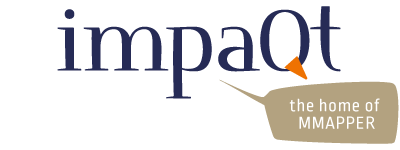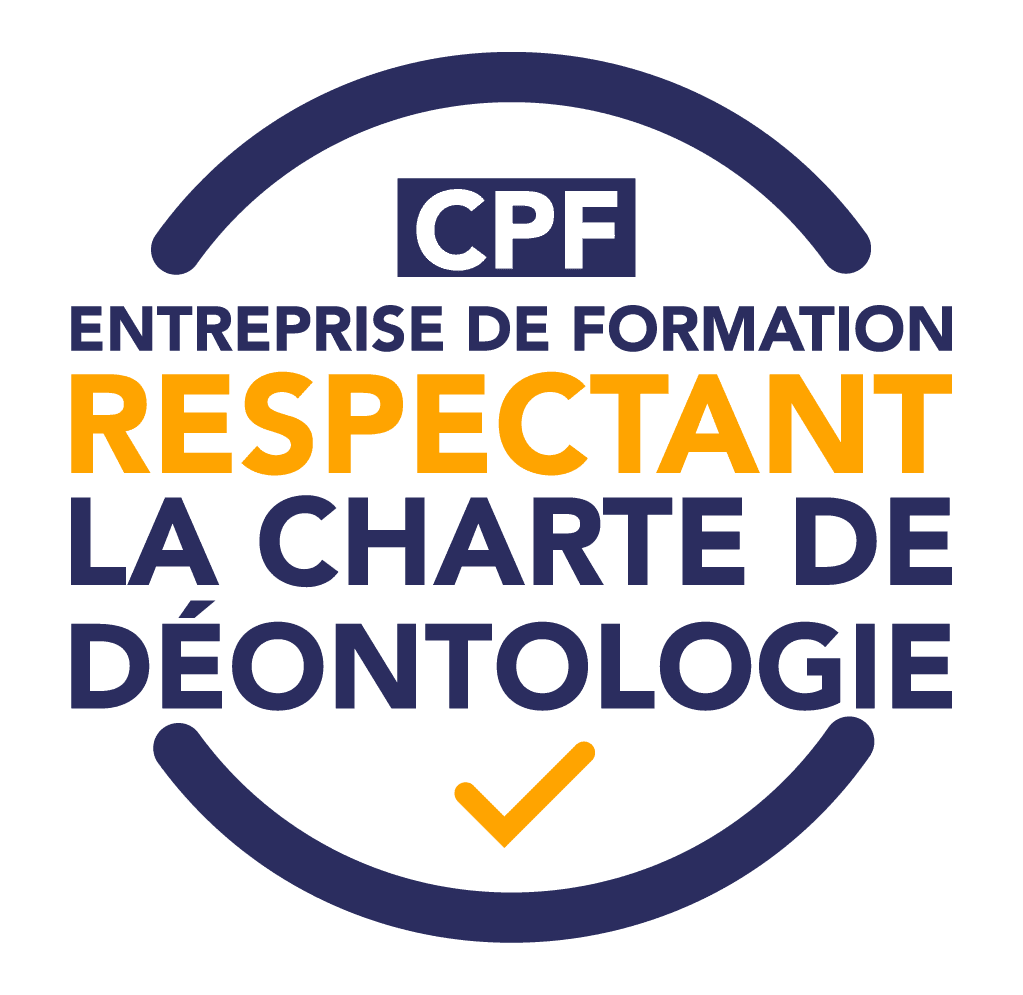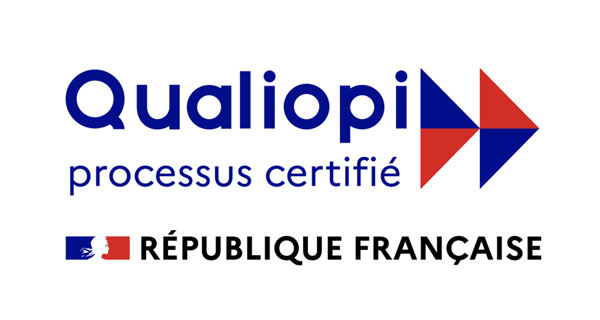MMAPPER Insight

Disconnect to reconnect
Ten years ago, Richard and Pierre Paineau – then Director of the Fenwick Linde factory in Cenon (Vienne) – were setting up connection days with all the managers. Pierre would call them ON days rather than OFF days…
Since then, we’ve managed to instill this practice into many teams – a kind of healthy routine that more and more participants now consider essential. These days, often rich in emotion, allow people to reconnect on a human level and collective intelligence to emerge. As our friend Jérôme Lefeuvre says: “Our emotions are not the problem. They are the solution.”
So what are connection days actually for?
- To integrate new team members with care
- To take a step out, share the vision and the project with the team, and take them further together
- To work collectively on important topics that require reflection—such as defining a delegation framework
- To bring to the table “things that niggle”, and learn how to say things to each other in a way that can be heard and is constructive.
Disconnect to reconnect with MMAPPER—because taking time is the best way to save it! 😉
Listening comprehension…help!
Listening comprehension… ouch!
I don’t understand a word of it! They’re speaking too fast, they have a thick accent, they’re swallowing most of their words, they’re jumping from topic to topic…
Sound familiar?
And what if you tried HEARING before trying to UNDERSTAND?
Think of your ears as tools. Wouldn’t it be amazing to learn to use them more effectively – so listening becomes more natural and less exhausting?
At ImpaQt, in the METHOD pillar of MMAPPER, we’ve created a step-by-step process to guide learners through this:
STEP 1: WARM-UP – Tune in, don’t overthink it, just let the sounds sink in. Listening as relaxed as possible helps you capture the whole picture. I’ve heard that classical music is known for « opening » your ear.
Step 2: SENSORY – Voices, background noise, breathing, silences, repetitions. What sounds did you pick up on and when? Train your ear to distinguish sounds and the “music” of the language.
STEP 3: PERCEPTION – Use your experience, logic, imagination, creativity and brainstorm ideas about what you’re hearing.
Step 4: CONTEXT – Now ask yourself: What do I know so far? Who? When? Where? Why? How?
The objective being to develop more natural listening, regular work over a period of time is key to getting solid progress.
Each step chips in to the final result. Start with the global picture before diving into details.
Start with what you already know and save your energy to focus on what you need most.
So, are you ready?
Open your ears wide!



